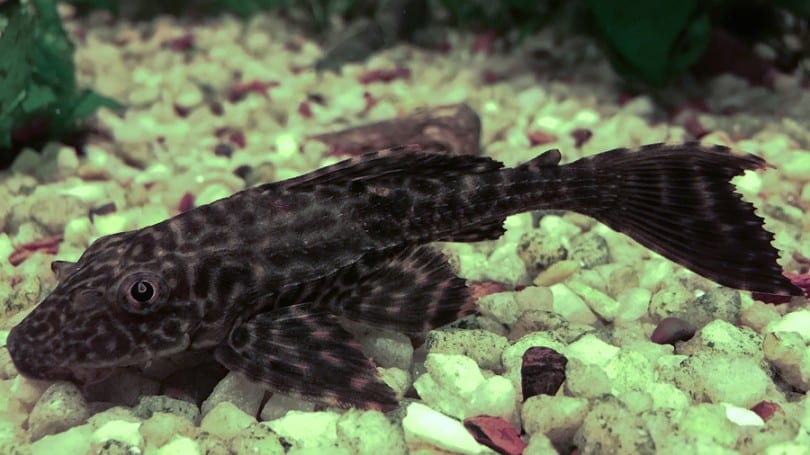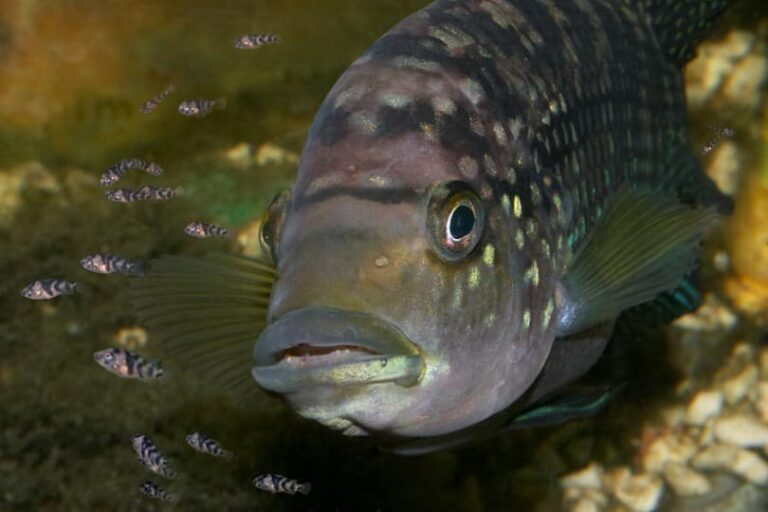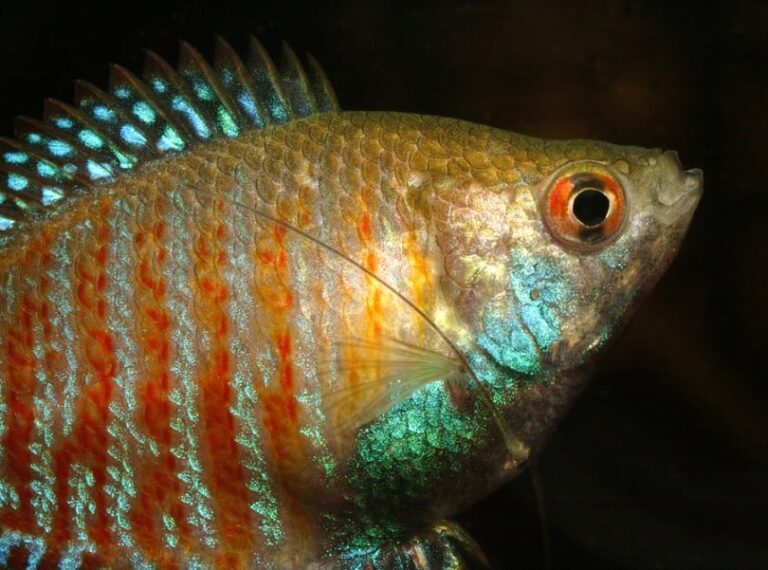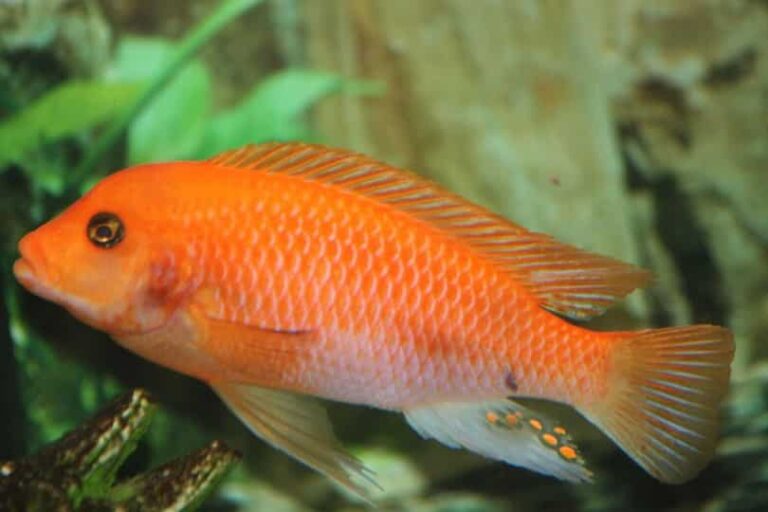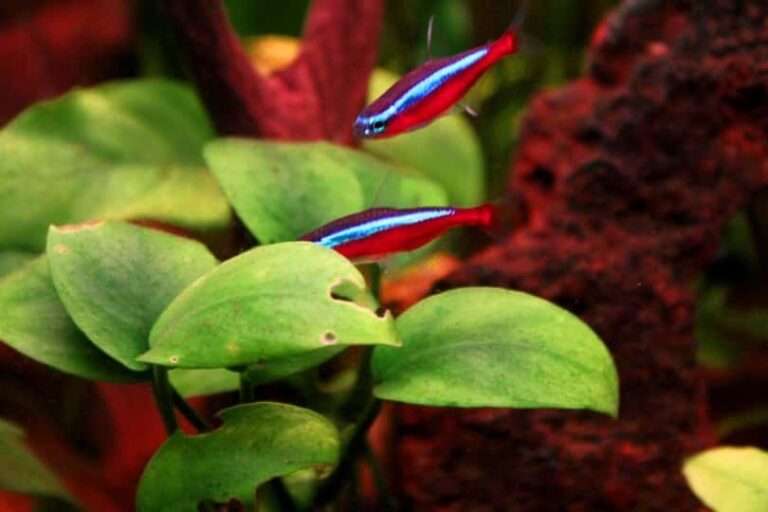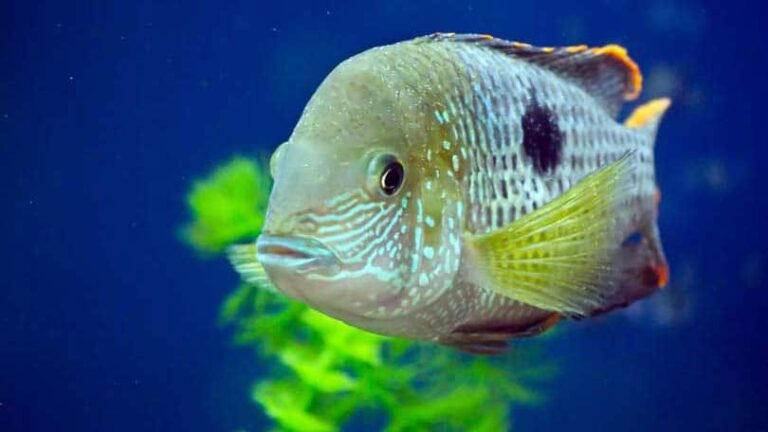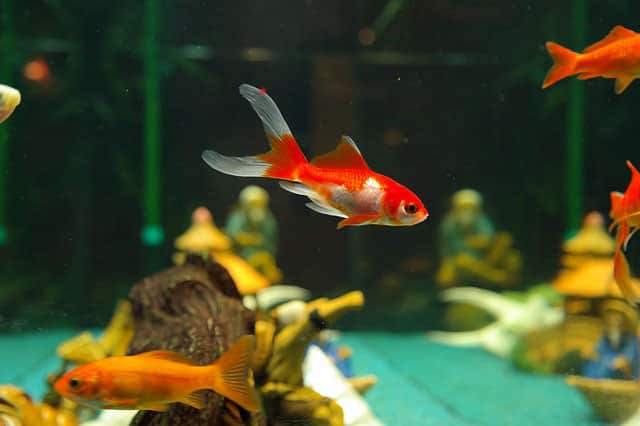Plecostomus
Scientific classification
| Kingdom: | Animalia |
| Phylum: | Chordata |
| Class: | Actinopterygii |
| Order: | Siluriformes |
| Family: | Loricariidae |
| Genus: | Hypostomus |
| Species: | H. Plecostomus |
| Binomial name: | Hypostomus Plecostomus |
The different varieties of Plecostomus freshwater catfish which the usual aquarists sell are called, Plecostomus, the Pleco, or just Plec. Some of the fish in this group are
- Pterygoplichthys pardalis
- Hypostomus punctatus
- Hypostomus plecostomus
- Pterygoplichthys multiradiatus
Different types of same types of Loricariids are called by some of these ordinary names. The plaques are famous as aquarium-bred fishes and several varieties of Pleco are effectively bred by beginners in this trade. These are adaptable and robust; besides, they can aid the hobbyist by consuming excess algae. In other words, they can subsist on algae in the absence of other food.
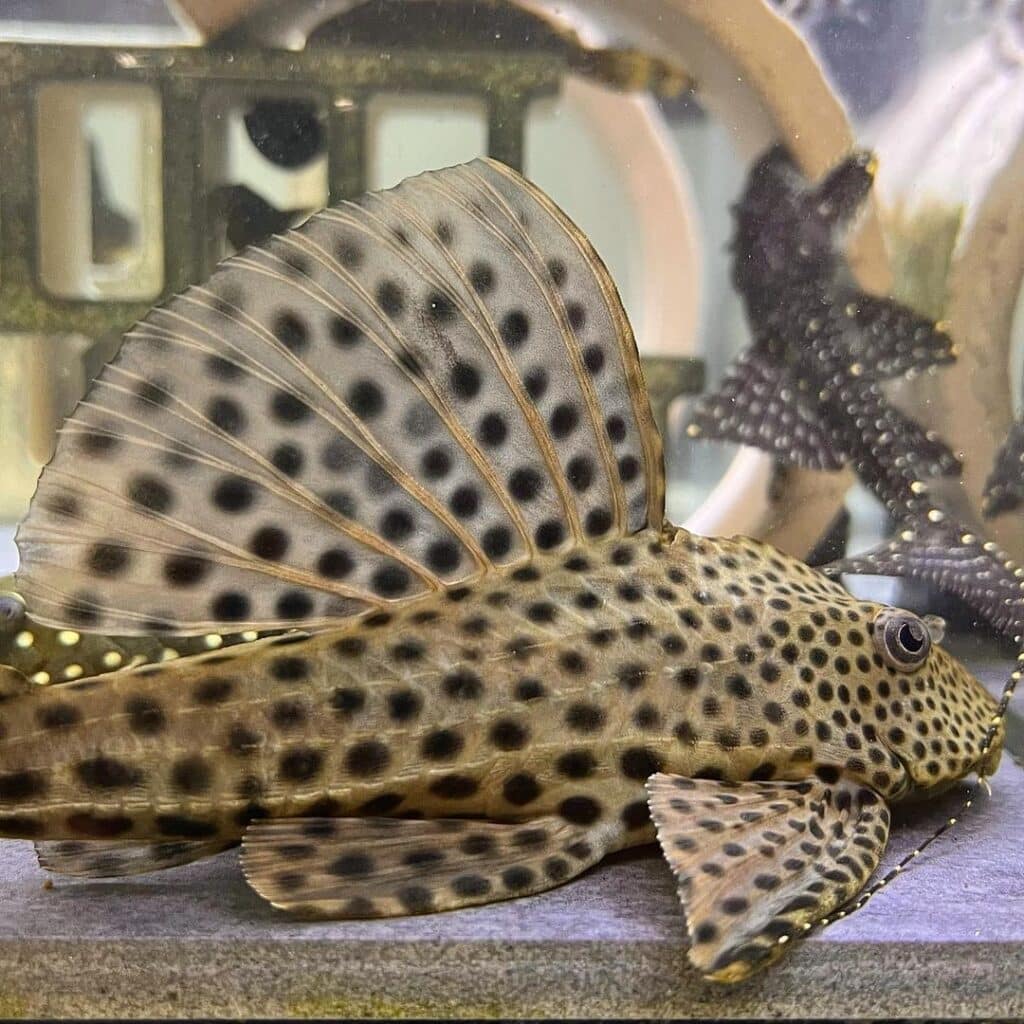
Types
Hypostomus Plecostomus, called as Suckermouth catfish or simply Pleco, hails from the tropical regions, of the family of the armored catfish, called Loricariidae. It derived its name on account of the longitudinal array of sects, like armor, engulfing the top part of the body and head (keeping the lower portion of the abdomen and head bare. The name Hypostomus is generally used as reference to the usual Plecostomus, that are sold by the professional aquarium keepers in their stores. The majority of them are real associates of a different genus.
This freshwater fish, called Hypostomus Punctatus from South America and you come across them in the drainage of the coastal areas of Uruguay and South east of Brazil.
The Pterygoplichthys Paradalis, which hails from the family of armored catfish is a freshwater fish. It belongs to one among the different varieties, generally considered as the usual “leopard” Pleco or just Pleco. It grows as long as 42.3 cm (16.7 in.) SL. At times there is a misconception that the Hypostomus Plecostomus, (nicknamed as “common Plecostomus”, is a different armored catfish from the Pterygoplichthys Pardalis. The only difference between the two is the number of their dorsal rays. H. Plecostomus has 5 to 8 dorsal rays, whereas P. Pardalis has 11 to 13 rays.
Habitat
The habitat of Plecostomus is the brackish waters, the ponds and the fresh waters in the mouths of the river and the slopes of the Atlantic and Pacific Ocean.. They belong to the Northern regions of South America. The meaning of Plecostomus is “folded mouth”. This name refers the vast number of the varieties having Suckermouth features, in spite of their differences in color, length and characteristics such as an extension of their whiskers around the mouth of the Bristlenose Pleco.
Reproduction
Other than the skilled Plecostostomus fish, the less experienced ones find it hard to have sex. Differentiating a male from a female is possible only by an experienced eye. The genital papilla of the male is tiny; however, it is like a thick stub jutting out from the male’s undercarriage. As for the female, it either is laid flat on the body or buried. In nature, these Plecostomus dig profound holes that they unearth from the banks of the rivers. It is not possible to reproduce them in the aquarium, however, the Plecostostomus are bred is huge numbers in Florida, Singapore and Hong Kong. Breeding of this fish is done in big business fishery ponds, where they fan out a pit on the edge of the steep mucky banks. A couple is likely to spawn around 300 eggs and the male fish guards the eggs and next coming fry. The fry consumes the mucus emitted out from the parents’ body. At the conclusion of the breeding phase, the parents and the young ones are separated from the ponds and the ponds are drained. Propagation of this fish does not take place in the aquarium, however, they are propagated in the big business fishery pools.
Growing Plecostomus At Home
Feeding Plecos
The Plecostomus consume food on either side of the food chain. These fish are omnivores, generally they prefer algae, and however, they also consume fleshy items. Often you can observe them consuming dead fish lying on the floor of your aquarium. Super scavengers in this case!
Prior to switching off your aquarium lights, personally give them algae tablets to eat. This aids them in preventing others from robbing and consuming the algae tablets intended for them. Bear in mind that, for the feeder catfish to have them, drop the tablet straight to the bottom of the tank, if not the other fish, take a fancy in stealing them.
Water
As far as water is concerned, there is no definite rule, however pour good quality water in the tank, and change the water at regular intervals, You would do well to change 15% of the water monthly once. If waste is in excess, change more frequently, because these catfish give out enormous amounts of waste. Install excellent filters.
Maintain the temperature of the water from 66.0 – 79.0 F (18.9 – 26.1C); pH from 6.5 to 8.0 and hardness from 1 to 25 dGH. At times in nature, they are found in brackish as well as in freshwater, since we find some of these fish in the river mouths opening into the ocean. However, in custody, they are comfortable in aquariums with fresh water. Keep the water current is reasonable. The Plecostomus or Pleco swims at the lower portion of the aquarium.
Set up of the Aquarium
The Pleco fish grows quickly, as such, keep the juveniles in a small tank and when they are grown, remove them to a bigger tank, at least 55 gallon size. At day time they require hiding places, so decorate the aquarium with driftwood or other items to form caves. Besides, they favor an aquarium with sufficient plants. Equip the aquarium with a strong variety of plants, because of their quick movement, while they graze on algae the weak plants get destroyed. A cover for your aquarium is a must, because these fish do jump.
The advantage of placing wood in the aquarium is manifold, Other than giving them a resting place, while scraping the algae from the wood, the wood becomes clear for more algae to form, thereby, the Pleco gets a regular supply of algae as food. In addition, the cellulose of the wood aids their digestive system.
Fish Diseases
Even though the Plecostomus are strong, they are prone to the same diseases affecting the other types of tropical fish. Properly managed aquariums keep the fish free from diseases; besides, they have a good resistance power. Ich is the usual disease affecting the freshwater fish.
Plecos do not have scales, therefore, be careful while nursing them with medicines. You can cure them with Melafix or Pimafix; however, do not use copper based medicines or potassium permanganate to treat them. Give them ½ to ¼ suggested dose of formalin or Malachite green. These catfish are very susceptible to medicines, Follow the safe side while treating them.
Giving your fish a stable diet and ideal surroundings is the ideal way of practically protecting your Plecostomus from ailments. Keep your catfish delightful and fit by providing them a habitat that simulates their natural home. An anxious Plecostomus is more liable to diseases.

Having discovered a fondness for insects while pursuing her degree in Biology, Randi Jones was quite bugged to know that people usually dismissed these little creatures as “creepy-crawlies”.

